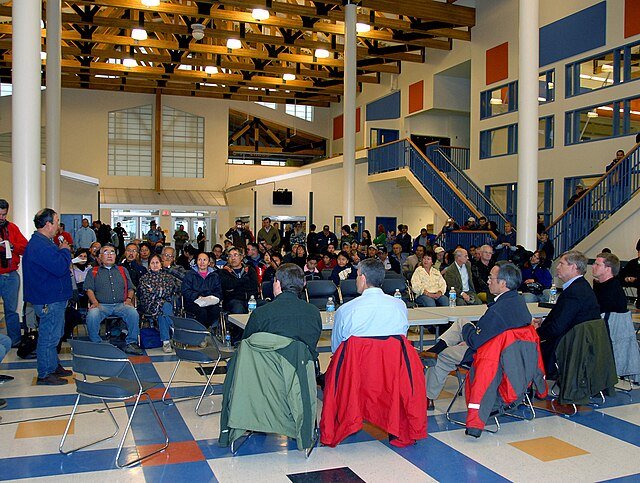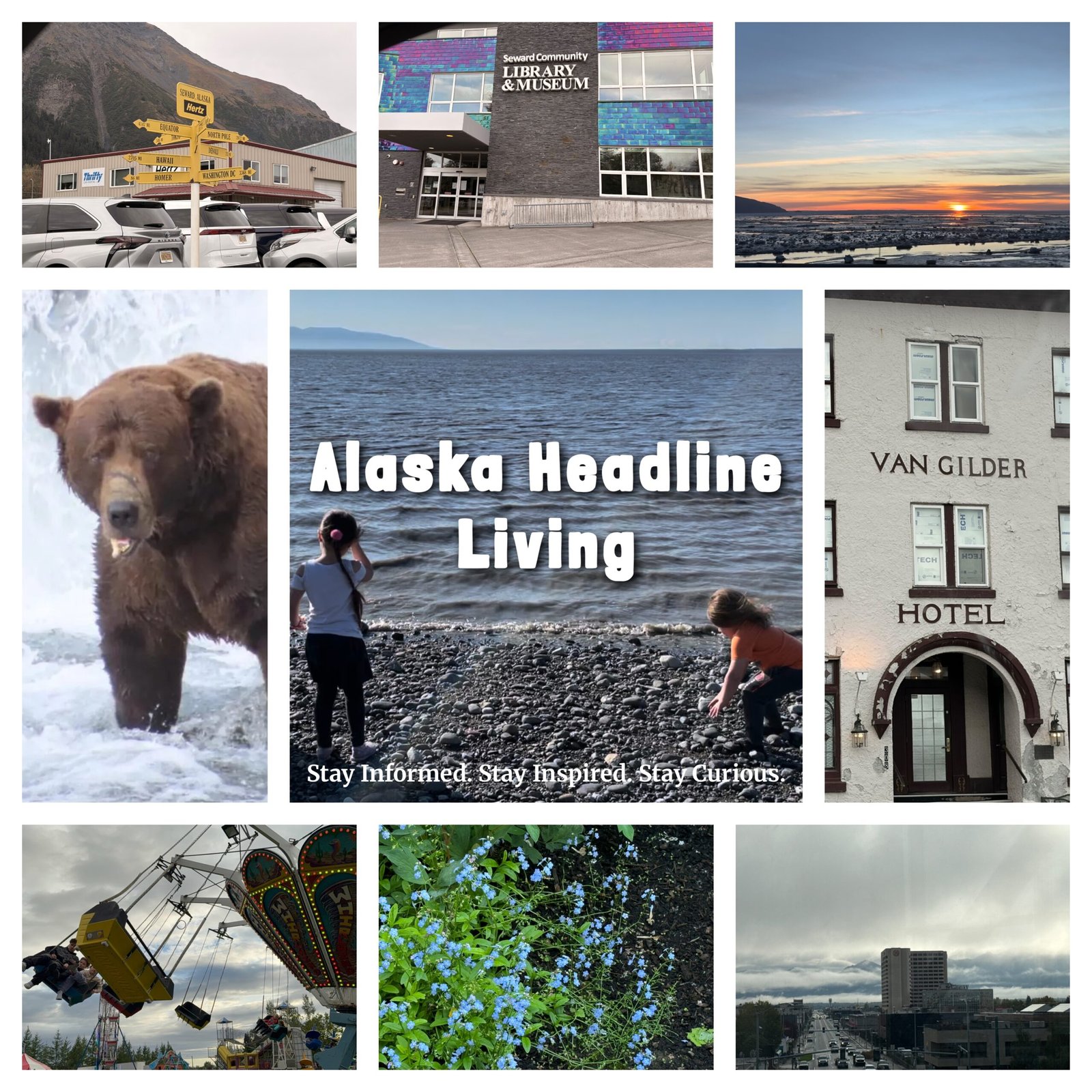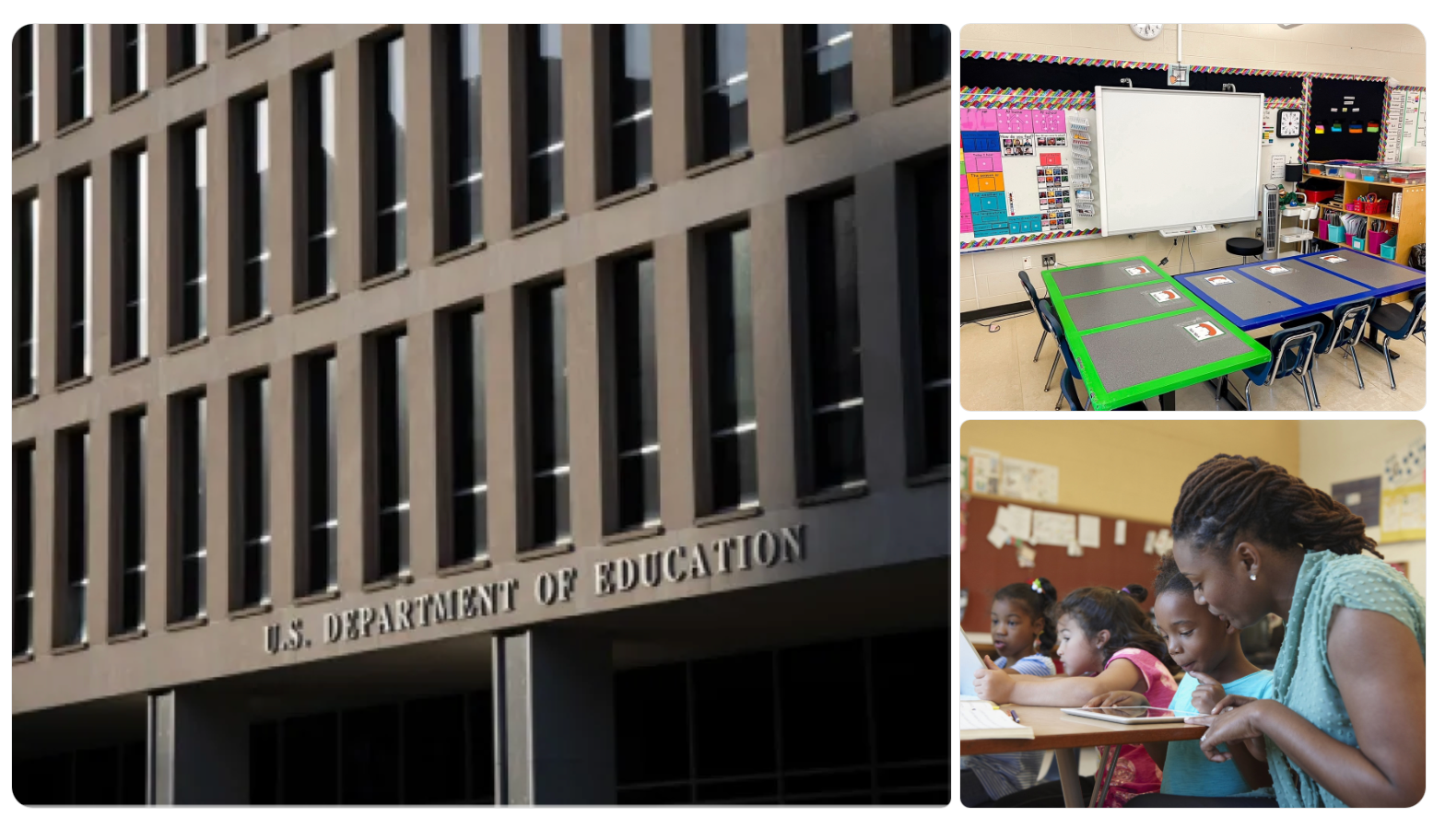As national debates intensify, Alaskans face unique risks from healthcare rollbacks

In Washington, lawmakers are once again targeting Medicaid and the Affordable Care Act (ACA) as part of a broader effort to slash federal spending. But for Alaska, the consequences of these proposed cuts could be especially stark — threatening access to care in one of the most remote and medically underserved states in the country.
From rising premiums to shrinking rural options, here’s how Alaska could be hit if these changes go through.
🧭 Alaska’s Healthcare Landscape
Alaska’s geography and population size make healthcare access a perennial challenge:
- The state expanded Medicaid in 2015, providing coverage to thousands of low-income adults.
- Over 246,000 Alaskans are enrolled in Medicaid or CHIP, including children, seniors, pregnant women, and people with disabilities.
- The ACA Marketplace is heavily subsidized in Alaska — 87% of enrollees receive premium tax credits, helping offset some of the highest healthcare costs in the nation.
Despite this, many Alaskans still struggle with affordability and access. Any disruption to these support systems could push thousands over the edge.
⚠️ What’s at Risk for Alaskans
1. Loss of Coverage for Medicaid Enrollees
If cuts include new work requirements or tighter income thresholds, thousands of Alaskans — especially in rural communities — could lose coverage.
- People with seasonal jobs or inconsistent income (common in fishing, tourism, and subsistence economies) may have trouble meeting eligibility requirements.
- Those in remote villages could be dropped from Medicaid due to difficulties with paperwork, digital access, or timely renewals.
2. Premium Increases for Marketplace Plans
Enhanced ACA subsidies helped stabilize Alaska’s notoriously expensive individual insurance market. Without them:
- Many residents could see monthly premiums increase by hundreds of dollars.
- A 40-year-old making $30,000/year might go from paying $70/month to $400+/month.
- Some may drop coverage entirely — particularly younger adults or those in gig work.
3. Wider Gaps for Alaska Native Communities
Alaska Native populations — already at higher risk for chronic disease and lacking widespread access to care — would be disproportionately affected.
- Many rely on a combination of Medicaid and IHS (Indian Health Service). Medicaid cuts would directly reduce funding for tribal health organizations.
- IHS is already underfunded; further strain would deepen existing care gaps, especially in mental health, addiction recovery, and maternal health.
🏥 Rural Healthcare Faces New Threats

In Alaska, where many communities are off the road system, rural clinics and hospitals are lifelines. They often operate on thin margins, and Medicaid reimbursements are a key revenue source.
Cuts could lead to:
- Clinic closures in isolated regions
- Reduced services, such as prenatal care or behavioral health
- Longer wait times or travel distances for emergency and specialty care
Many facilities may also struggle to keep staff or afford medical transport, especially air evacuations in emergencies.
💸 A Hit to the State Budget
If federal support shrinks, Alaska’s state government could be forced to either make up the difference or reduce services.
- Alaska’s budget is already constrained due to fluctuating oil revenue.
- Medicaid represents a major share of the state’s health spending — and cuts could push the system toward rationing care.
🧑👩👧 Who Would Be Most Affected?
- Low-income working families
- Uninsured middle-aged adults who don’t qualify for Medicaid but rely on ACA subsidies
- People with disabilities or chronic illness
- Indigenous Alaskans in rural communities
- Gig workers, fishermen, and seasonal laborers without employer coverage
🔁 A Growing Uninsured Problem?
After years of steady improvement, Alaska’s uninsured rate has started climbing again. Cuts to Medicaid and ACA subsidies could accelerate this trend, leading to:
- More people skipping care or relying on emergency rooms
- Greater health disparities by region and race
- A long-term increase in preventable illness and healthcare costs
🗣 What Alaska Leaders Are Saying
In May 2025, the Alaska State Legislature passed a resolution urging Congress to extend enhanced ACA subsidies, highlighting the importance of affordability and rural access.
Health advocates and Native organizations have also warned that any rollback in coverage would be “devastating” for vulnerable communities.
Yet as of now, much of Alaska’s future healthcare access rests in the hands of federal lawmakers.
🧭 Alaska at a Crossroads
With the highest healthcare costs in the country and some of the most remote populations, Alaska can’t afford to absorb a shock to its coverage systems.
If the proposed cuts move forward:
- Coverage losses will increase
- Rural access will shrink
- Health equity will suffer
The state’s fragile healthcare infrastructure — already stretched — may not be able to hold the line.
📌 Bottom Line
What happens in D.C. will directly shape the health and wellbeing of thousands of Alaskans. For a state where access is already a daily challenge, the stakes couldn’t be higher.



